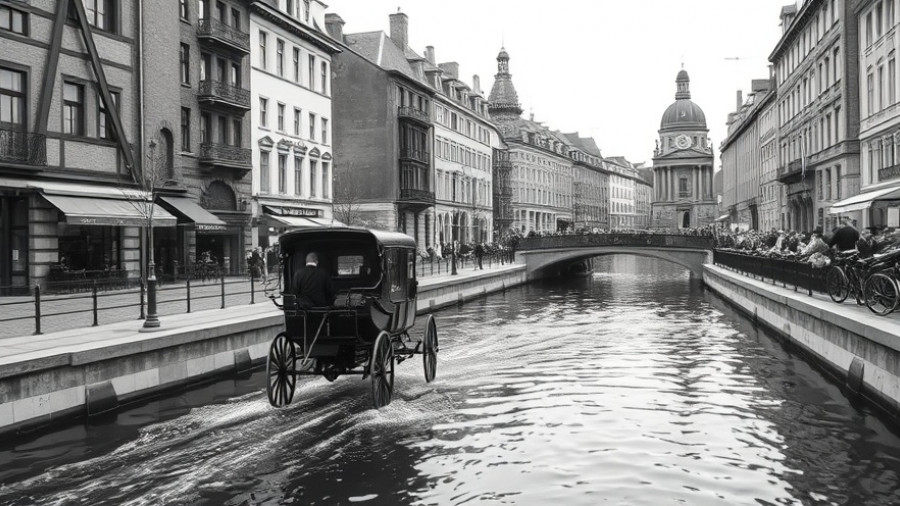
The Erie Canal: A Milestone in American Trade
Two centuries ago, on October 26, 1825, the Erie Canal was officially opened, linking the Great Lakes with the Atlantic Ocean via the Hudson River. This monumental engineering feat drastically reshaped trade in the United States, cementing New York's status as the Empire State. Before the canal's existence, moving goods was a laborious process, often taking weeks over rough terrain. Now, with mules capable of pulling barges at speeds up to 4 miles per hour, travel times were slashed, freight costs fell by an astonishing 90%, and the flow of goods transformed the economy.
Environmental Impact: A Double-Edged Sword
However, while the canal heralded an era of commercial prosperity, it also initiated profound ecological changes. The construction of the canal obliterated vast tracts of forest and wetland, forever altering the local ecosystems. Historically, the area was home to vibrant Indigenous communities, such as the Haudenosaunee Confederacy, whose way of life was irrevocably disrupted by the canal's construction.
The introduction of the canal allowed invasive species to infiltrate previously isolated habitats, leading to the decline of native fish populations. Species such as the Atlantic sea lamprey and alewife wreaked havoc on the Great Lakes ecosystem, causing commercial fisheries to plummet by as much as 98% by the early 1960s. Furthermore, these changes have required ongoing financial investments to manage and mitigate the ecological impacts, illustrating the complex legacy left by this infrastructure project.
A Modern Recreational Hub
Today, the Erie Canal is much more than a historical trade route. It has transformed into a recreational jewel for New Yorkers, offering activities like hiking, cycling, and kayaking. Approximately 3.84 million visitors frequented the Erie Canalway Trail in 2024, generating over $300 million annually. As businesses in the service industry look for ways to leverage local tourism, integrating AI tools for marketing and customer engagement can optimize operations, enhance outreach, and sustain growth.
Conclusion: The Future of the Erie Canal
As we reflect on the past 200 years of the Erie Canal's influence on trade and environment, we can begin to envision its future. From nurturing recreational opportunities to addressing invasive species through technology and community engagement, the canal remains a vital part of New York's landscape. For small and medium business owners in service industries, understanding the synergy between historical infrastructure and modern commercial practices can inform strategies to thrive in the evolving economic landscape.
 Add Row
Add Row  Add
Add 










Write A Comment